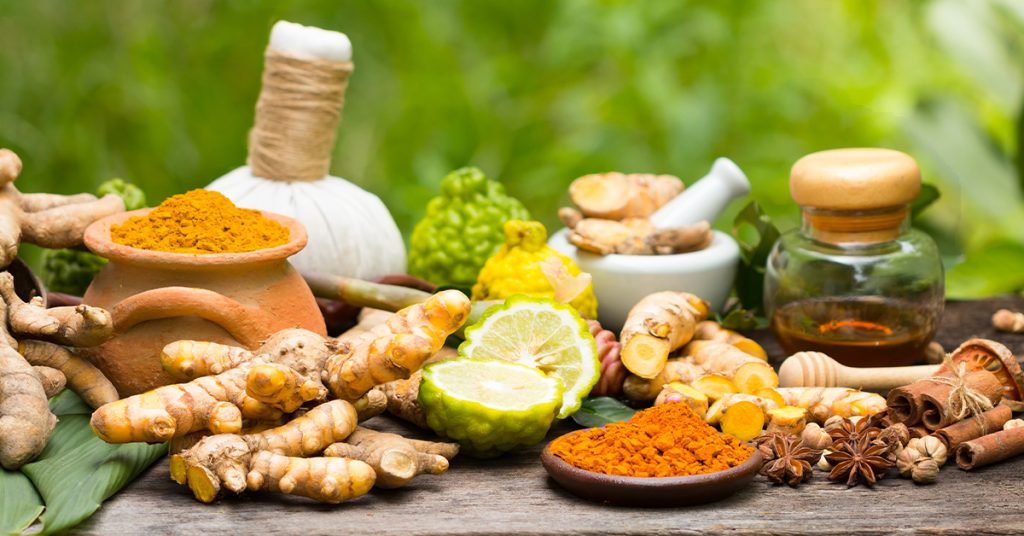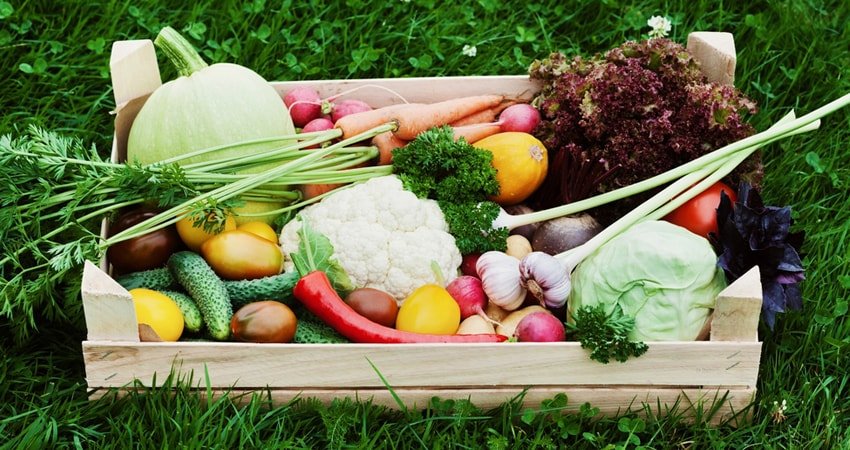
In today’s article, we are going to talk about Ayurveda, an ancient topic related to the art of healing, which has been practised in India for over 5000 years. So, if you want to become a professional cosmetologist or simply want to learn more about Ayurveda, take a pen and paper to take notes and enjoy the discovery!
History of Ayurveda
Did you know that Ayurveda is recognized by the World Health Organization as a validated traditional medicine that prioritizes disease prevention, health promotion and life extension?
The term Ayurveda comes from Sanskrit, an ancient cultured language of India, and includes the words ayus, meaning “life” and veda, meaning “science” and meaning “science of life and longevity”.
Ayurveda is considered the oldest known medical science and its books, in their written form, are nearly 5,000 years old. They describe ancient civilizations where disease was unknown and how Ayurveda had a positive influence not only on the individual but also on society as a whole.
This medicine was born to serve mainly the aristocracy of India and was propagated by oral tradition from father to son. It was Buddha who created universities to promote and disseminate scientific research on this ancient technique and who published books that taught this medicine, such as the Chakara-Samhita; a book that currently serves as the basis for the study of this science.
Ayurveda defines health as a natural state of balance between mind, body and soul. And it is this balance that defines our state of health and the predisposition we have to certain health problems. In addition, it takes into account the way the patient lives, feels and suffers from the disease, his customs, thoughts and daily habits, establishing a global diagnosis that takes into account all aspects of a patient’s life. In other words, Ayurveda is a global system of living in harmony with oneself and with nature.
5 Major Elements

Thus, according to Ayurveda, there are 5 major elements that make up the universe and constitute the human body, which are:
ETHER: space where matter exists
AIR: gaseous state of matter
FIRE: power of transformation of matter
WATER: liquid state of matter
EARTH: solid state of matter
The GUNAS
In addition, we consider the GUNAS, which are the qualities or attributes of the body, the powers of the soul that maintain matter, life, mind and desires. It is the energy that acts in the mind. These qualities and attributes include:
SATTVA: Purity, balance, peace, spirituality, truth, harmony.
RAJAS: Strength, movement, action, aggressiveness, passion, activity.
TAMAS: Inertia, rest, lethargy, indifference.
The DOSHAS
Based on the GUNAS, Ayurveda divides the world into three vital energies, known as DOSHAS, which are the biological humors or subtle substances at the origin of all physiological and psychological functions of each individual. Therefore, the DOSHAS are at the origin of the body and its constitution, and each person is born endowed with the qualities of each dosha, although one of them always predominates.
In Ayurvedic medicine, balance is paramount and is achieved by harmonizing the three doshas: vata, pitta and kapha.
All three doshas are represented in everyone, but in different proportions. Some people may have a particular health type (or constitution) that is more prevalent in pitta, while another may lean toward vata-kapha dominance. Think of each dosha as a two-way scale. When the balance is out of balance, it can cause physical and emotional problems. The goal is to bring all your doshas back to the levels at which they naturally exist in your body.
We will now describe each DOSHA and the main characteristics of the people in whom each one predominates so you can identify your DOSHA.
VATA: Wind, that which makes things move.
The characteristics of a Vata person are dry skin and hair, thinness, a tendency to constipation and low perspiration.
They are very active people, who act and think quickly. They are creative, imaginative and frequently change their interests. In addition, they tend to be cold most of the time, have stiff joints, wrinkles and premature aging.
Work on balancing the vata dosha with morning and nighttime routines, practicing a grounding meditation and setting limits on uses of technology.
PITTA: The bile, which directs things.
These people are of average physical build, have soft, sensitive, warm skin and fine hair. They can develop rosacea and eczema. They tend to have gray hair and premature baldness, good digestion, good appetite. They are good speakers and leaders, their character is passionate.
To balance your pitta dosha, practice cooling activities, like taking colder showers and walking next to a pool or the seam however not when it’s very hot outside.
KAPHA
These people are stocky, have strong muscles, tend to gain weight, have soft and oily skin, thick hair and slow digestion. They usually have cystic acne. They are loyal, quiet and slow in their actions.
If you want to balance your kapha dosha, you should invest in religious self-care practices. Start by stimulating the your mental health, do lot’s of exercise, and practice mindful activities like meditation or breathwork.
Have you identified your Dosha yet? Leave us your comment on what you found out and your thoughts on Ayurveda.


